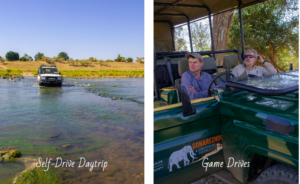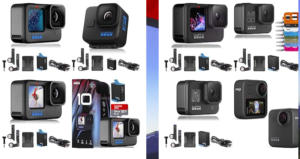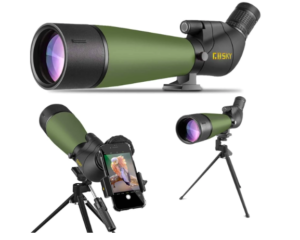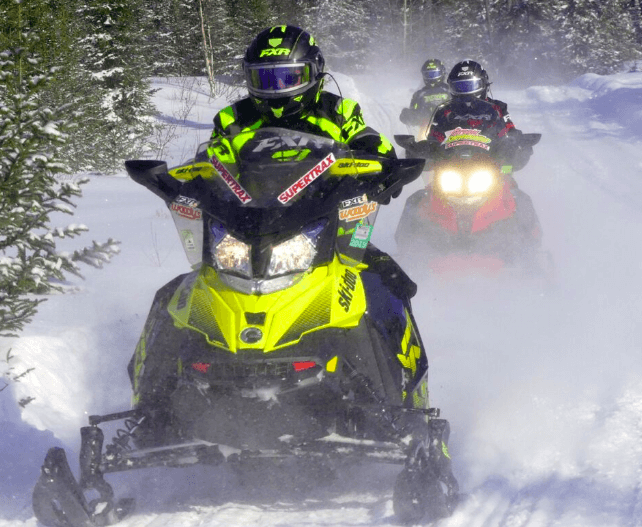
What Is A Snowmobile?
As winter’s cold grip envelopes the countryside, those who embrace the snow-covered pathways will discover a thrilling world of adventure and discovery. The snowmobile is one of the most famous and exhilarating types of winter transportation, standing out as a strong and adaptable equipment intended to overcome the frozen landscape. The snowmobile has become a symbol of seasonal excitement and discovery, with its roaring engine, quick handling, and the promise of awe-inspiring rides through pristine winter wonderlands.
What is a snowmobile?
A snowmobile, often known as a “sled” or “snow machine,” is a motorised vehicle that is built to move on snow and ice. In areas with snowy and frigid winter temperatures, it is a popular mode of transportation and leisure vehicle. Snowmobiles have skis at the front and a continuous rubber or composite track at the back, allowing them to easily glide over snow and ice surfaces.
A snowmobile’s key features include:
Engine:
Snowmobiles are propelled by an internal combustion engine, often a two-stroke or four-stroke engine, which powers the vehicle’s track in the back. Engine sizes and power outputs can differ, with larger and more powerful engines delivering faster and more reliable performance.
Skis:
The front of the snowmobile is outfitted with skis, which aid in steering and give stability on the snow.
Track:
A broad and flexible rubber or composite track at the rear of the snowmobile makes contact with the snow and drives the machine ahead. The track offers grip and buoyancy, allowing the snowmobile to go quickly over different types of snow.
Seat:
To accommodate the rider or riders, snowmobiles normally feature a single or double seat. For added storage, certain versions may have a passenger seat or a cargo rack.
Handlebars:
Handlebars on snowmobiles allow the rider to manoeuvre the machine as well as regulate the throttle and brakes.
What are the uses of Snowmobiles?
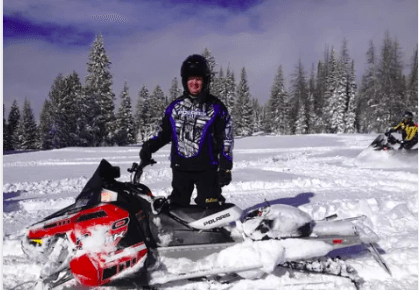
Snowmobiles are used for many different things, including:
Recreation:
Snowmobiling is a popular winter leisure activity, with aficionados enjoying snowy landscapes, trail riding, and backcountry experiences on snowmobiles.
Transportation:
Snowmobiles may be the principal form of transportation for accessing isolated places, cottages, and hunting or fishing spots in remote regions with significant snowfall.
Rescue and Search:
Snowmobiles are extremely useful for search and rescue missions in snowy or avalanche-prone terrain.
Racing:
Snowmobile racing is a competitive activity that includes several disciplines such as cross-country, drag racing, and snowcross.
Riders of all ages and ability levels enjoy snowmobiles, which give a unique and thrilling way to experience winter landscapes and outdoor activities. Riders are recommended to use appropriate safety equipment, including helmets, when driving a snowmobile to guarantee their safety.
what is a snowmobile carbide?

A snowmobile carbide, often known as a “carbide runner” or just “carbide,” is an important part of a snowmobile’s skis. It is essential for improving snowmobile handling and steering, especially while riding on snow and ice. The carbide is a wear-resistant metal rod or blade, often made of steel or carbide, that is affixed to the bottom of the snowmobile’s skis. The following are its primary roles and features:
1-Steering and Control:
Snowmobile carbides are primarily used to improve steering and control. When the snowmobile is in motion, the carbides make contact with the snow, creating grip and stability, letting the rider to more efficiently steer and manoeuvre the snowmobile.
2- Reducing Darting:
Darting refers to a snowmobile’s inclination to follow grooves and imperfections in the snow or to deviate off course. Carbides assist to prevent darting by giving a continuous and predictable contact point with the snow, allowing the snowmobile to be more easily controlled.
3-Improved Cornering:
Carbides improve the cornering capabilities of snowmobiles, enabling for more accurate and controlled turns on groomed tracks or in wilderness conditions.
4-Wear Resistance:
Snowmobile carbides are often composed of a sturdy and wear-resistant material, such as steel or carbide. This guarantees they can endure the abrasive nature of snow and ice, as well as contact with pebbles and other debris encountered on snowmobile paths.
5- Simple Replacement:
Snowmobile carbides will deteriorate over time due to contact with snow and other surfaces. They are, thankfully, intended to be easily changed. Riders can replace them with fresh carbides when they get severely worn in order to retain good steering and handling.
6- Different Lengths and Styles:
Snowmobile carbides are available in a variety of lengths and designs, letting riders to select the best solution for their unique riding circumstances and preferences.
It is critical to repair and replace snowmobile carbides as needed to ensure safe and effective snowmobile operation. Carbides are only one of several components that snowmobilers may tweak or change to improve their sled’s performance in a variety of terrain and weather situations.
what is part of a pre-ride inspection of your snowmobile?
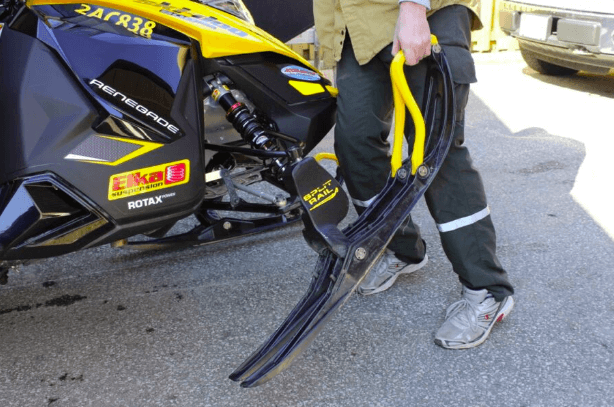
A pre-ride inspection of your snowmobile is a critical safety and maintenance practice to ensure that your snowmobile is in good working condition and safe to ride. Here are the key components to include in your pre-ride inspection:
Overall Visual Inspection:
Begin by visually checking the entire snowmobile for damage, loose components, or missing parts. Consider the frame, skis, track, suspension, and bodywork.
Levels of fuel and oil:
Check your petrol tank to ensure you have enough for your intended ride. Also, ensure sure the oil level in the two-stroke engine (if applicable) is within the specified range.
Signals and lights:
Check the operation of all lights, including headlights, taillights, brake lights, and turn signals. For safe cycling, visibility is essential.
Brakes:
Squeeze the brake lever to ensure the brakes engage correctly and hold the sledge in position.
Throttle and Choke:
To ensure smooth functioning, test the throttle and choke. When you release the throttle, be sure it returns to its idle position.
Carbides and Skis:
Examine the skis for damage or wear, as well as the carbides (runners) for wear and secure attachment.
Track and Suspension:
Look for any missing or broken lugs on the snowmobile’s track. Check the alignment and operation of the suspension components.
Suspension Modification:
Adjust the suspension to the settings that are suited for your riding circumstances and style.
Condition of the belt:
Look for signs of wear, damage, or fraying on the drive belt. A worn belt might impair performance.
Chaincase Oil (if necessary):
Check the chaincase oil level and condition, as well as for any leaks.
Muffler and exhaust:
Check that the exhaust and silencer are in excellent working order and are correctly installed.
Electrical Components:
All electrical components, such as the ignition system and hand warmers, should be tested to verify they function properly.
Spark Plugs:
Check the spark plugs for fouling or damage and replace as needed.
Coolant (if necessary):
If your snowmobile has a liquid-cooled engine, check the coolant level and the condition of the hoses and connectors.
Drive Chain
Check the drive chain for correct tension, lubrication, and wear.
Emergency Tools and Gear:
Make sure you have emergency tools and equipment on board, such as a first-aid kit, tow rope, shovel, and spare components like as spark plugs and drive belts.
Tethering and Kill Switch:
Check that the safety tether and kill switch are working properly. These are vital safety elements that can bring the snowmobile to a halt if you become separated from it.
Fuel Cap and Vent:
Examine the gasoline vent for obstructions and make sure the fuel cap is firmly secured.
Points of Lubrication:
Lubricate any moving components according to the manufacturer’s instructions.
Documentation:
Carry any relevant papers, such as your registration, insurance, and any permits or passes.
A comprehensive pre-ride check aids in the prevention of malfunctions and accidents while also providing a safe and pleasurable snowmobiling experience. Regular maintenance and attention to detail are critical for your snowmobile’s lifetime and performance.
What is high mileage for a snowmobile?
A snowmobile’s definition of “high mileage” differs from that of a regular passenger vehicle. Snowmobiles are not used for daily travel and, as a result of the harsh circumstances and high-stress use they frequently suffer, have a shorter lifespan. The mileage of a snowmobile is determined by factors such as maintenance, usage, and riding style.
Snowmobile lifespans vary, but after they hit 5,000 to 10,000 miles (8,000 to 16,000 km) on the odometer, some consider them to have high mileage.



